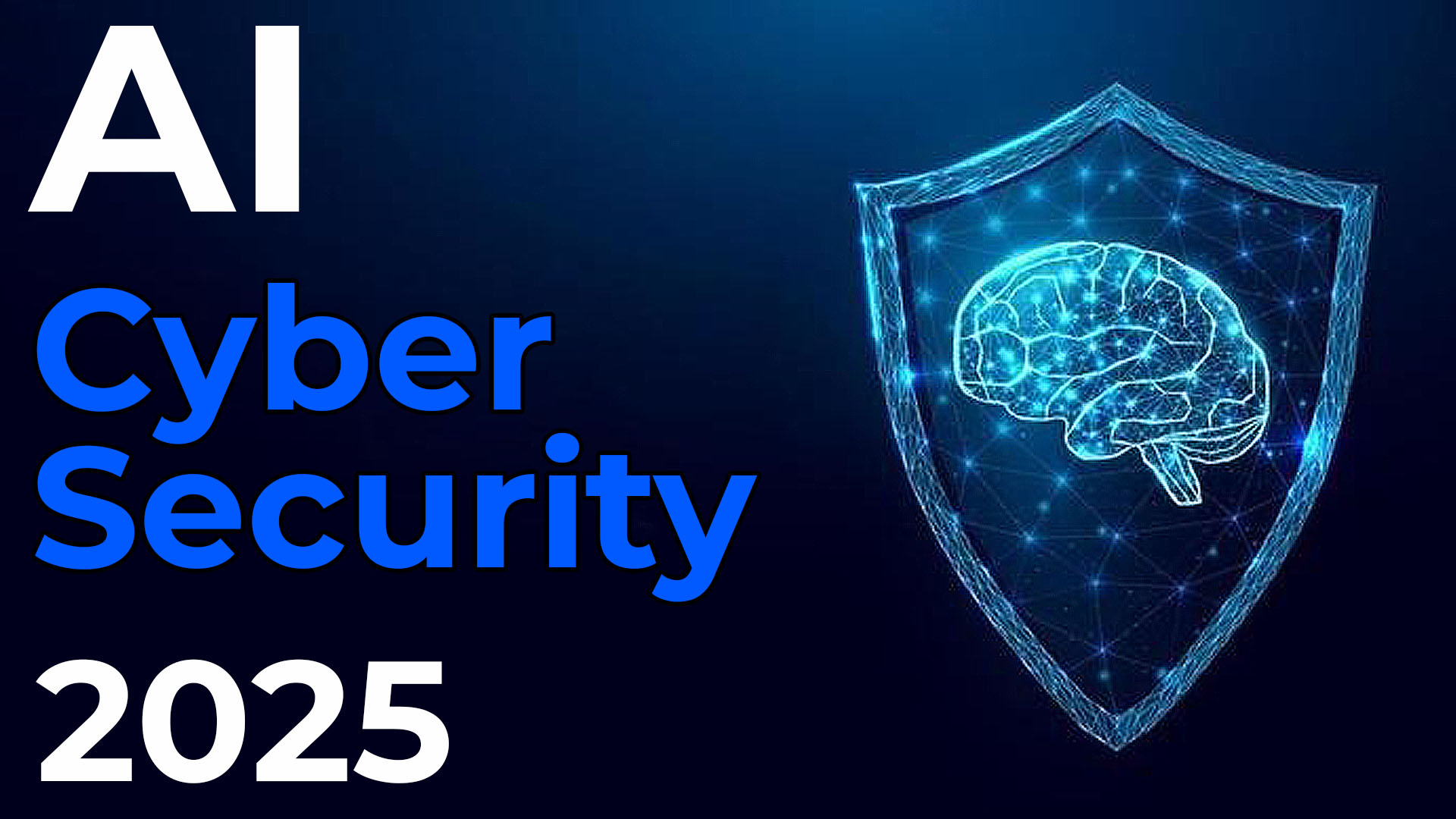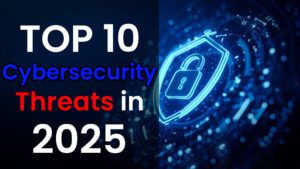In 2025, cybersecurity is no longer just a reactive process—it has become proactive, predictive, and intelligent. Thanks to artificial intelligence (AI), the way we detect, respond to, and prevent cyber threats has drastically evolved. In this blog post, we explore the top AI cybersecurity trends in 2025 and how they’re transforming the digital landscape for individuals, businesses, and governments.
1. AI-Powered Threat Detection in Real Time
AI algorithms can now analyze vast amounts of data at lightning speed, detecting abnormal patterns and identifying threats as they happen.
- Machine learning models constantly update and adapt to new malware signatures.
- Behavior-based detection helps recognize even zero-day attacks before they cause damage.
Example: Microsoft’s AI-based Defender uses cloud-powered analytics to stop ransomware within seconds.
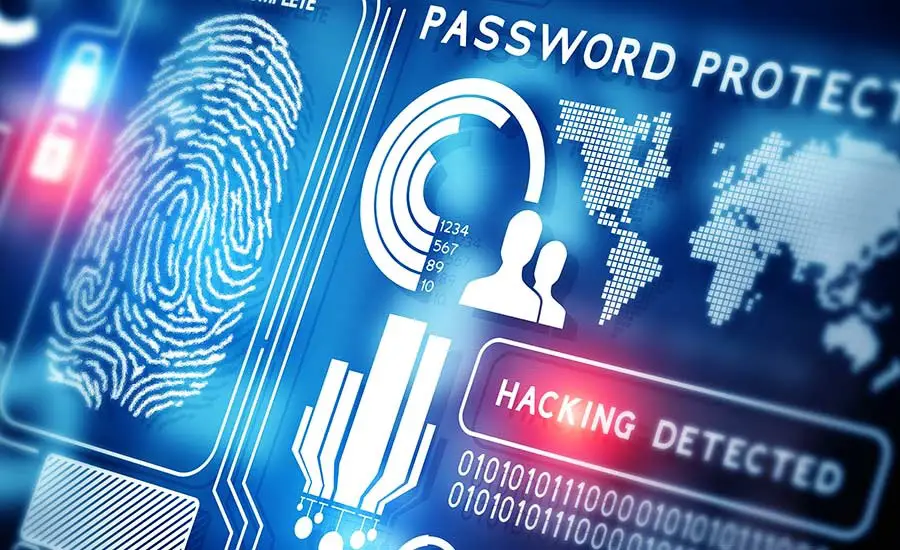
2. Automated Incident Response
AI doesn’t just detect threats—it responds to them. In 2025, automated incident response systems can:
- Quarantine infected systems
- Block malicious IPs
- Alert security teams with suggested actions
This minimizes damage and allows cybersecurity experts to focus on higher-level strategy.
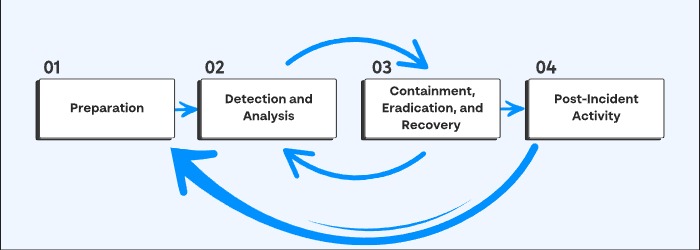
3. AI-Enhanced Phishing Detection
Phishing attacks are still one of the most common threats in 2025. AI tools can now:
- Analyze email metadata and content for suspicious signs
- Flag and filter emails before they reach users
- Detect sophisticated social engineering tactics using natural language processing (NLP)
Stat: AI-based email security systems reduce successful phishing attempts by over 80%.
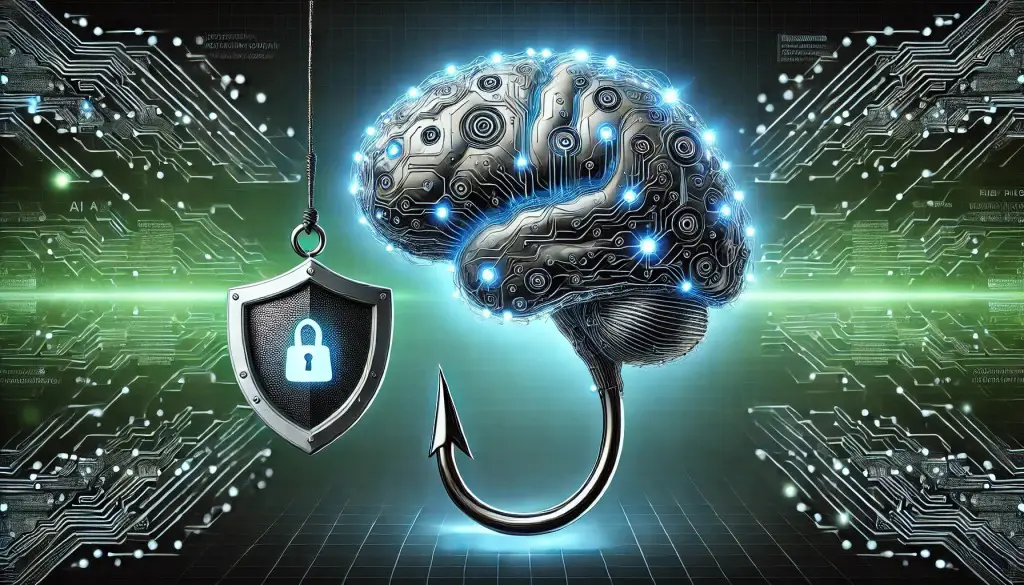
4. Predictive Analytics for Risk Management
Using historical data, AI can now predict where and when cyberattacks are likely to occur.
- Risk scoring systems help prioritize threats based on likelihood and potential impact.
- This gives organizations time to strengthen defenses before an attack happens.
5. AI in Endpoint Security
As remote work and BYOD (bring your own device) practices continue, endpoint protection is more critical than ever.
- AI tools can monitor device behavior in real-time
- Immediate alerts are sent if any unusual activity is detected
- They adapt continuously based on user behavior and software updates
6. Adversarial AI and the Rise of AI vs. AI
While AI helps defend systems, cybercriminals are also using AI to launch smarter attacks.
- AI-generated deepfakes for scams and impersonation
- Automated vulnerability scanners
This creates an “AI arms race,” where both sides continue to evolve rapidly.
Insight: In 2025, many cybersecurity tools are being built specifically to fight malicious AI threats.

7. AI Governance and Ethics in Cybersecurity
As AI tools become more autonomous, ethical concerns arise:
- How do we ensure transparency in AI-driven decisions?
- What happens when an AI makes the wrong call?
Organizations are now establishing AI governance frameworks to regulate usage and avoid bias.
8. Integration with Zero Trust Architecture
Zero Trust security assumes every access request is a threat until proven safe.
- AI continuously authenticates and monitors users
- Verifies behavior, location, and device trustworthiness in real time
This is critical for securing hybrid workforces and cloud environments.
Conclusion
AI is fundamentally changing how we think about cybersecurity. From real-time threat detection to automated defense, the AI cybersecurity trends in 2025 are helping us build a safer digital future. However, as attackers also adopt AI, staying ahead requires constant innovation, ethical governance, and collaboration between tech companies, governments, and individuals.
Stay informed, stay secure—because in 2025, cybersecurity is smarter than ever.
Want to chat? CONTACT US HERE!

